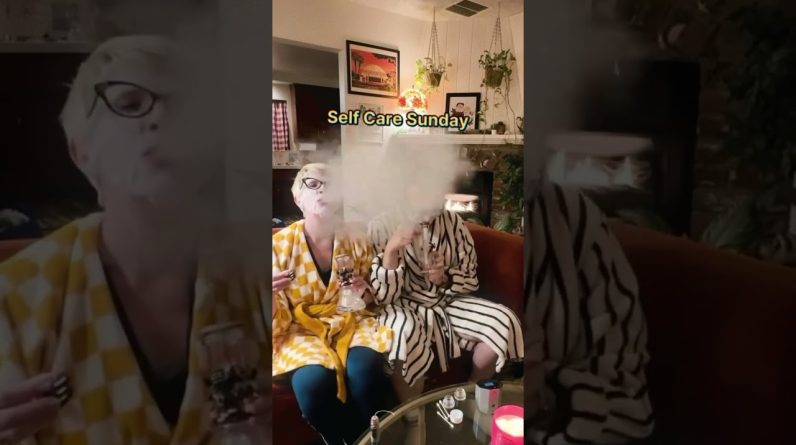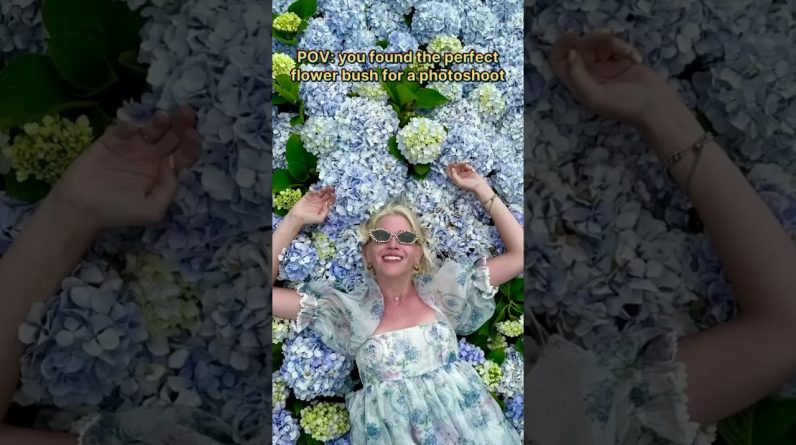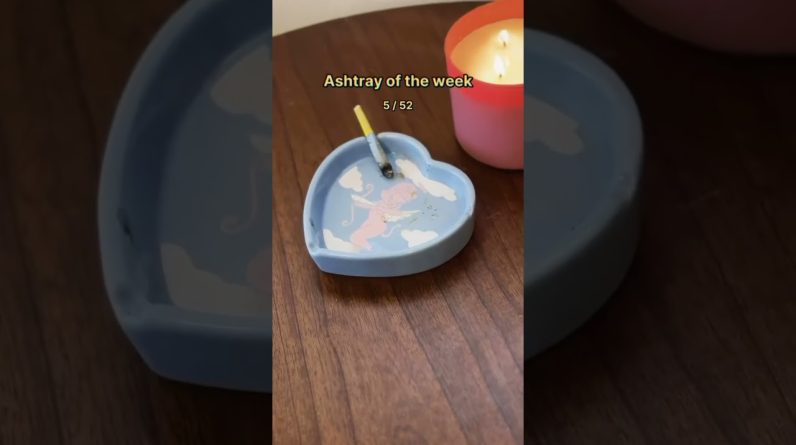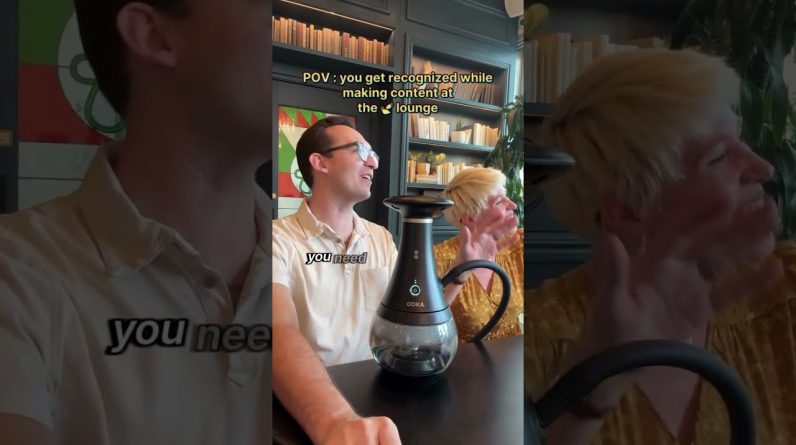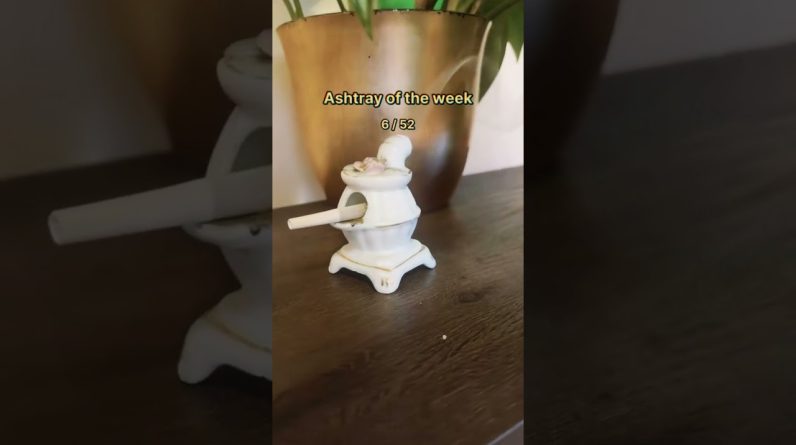Nikka T has created a lasting legacy in the realm of hash. After learning the techniques to craft ice water hash from the Dutch master who perfected the form, he went on to open the first licensed hash company in the U.S. He’s won more than 15 Cannabis Cups, changed the vernacular of how we talk about hash with the term “solventless,” and is one of the most well-respected artists and teachers in the concentrate community.
Nicholas Tanem’s journey towards becoming the hash master known as Nikka T includes experience judging cannabis competitions worldwide. He’s a cannabis consultant and producer, and a reggae DJ. He founded his Colorado-based company, Essential Extracts, in 2009 and expanded to the California market in 2018. Alongside the Essential Extracts team, he has competed in numerous cannabis competitions, such as the country’s first rosin-specific competition at Chalice in 2015 (he credits the help of a cultivator called “The Mile High Man, AKA Kenny” for that win.) Nikka T’s numerous achievements are vast and serve as an extensive reference to the excellence of his product.
The 2018 High Times Visionary Award winner shared a wealth of information about his craft in a recent interview, including how he learned to collect trichomes with a hash legend, what it takes to know if a strain is cut out for concentrates, and what’s in store for the future.
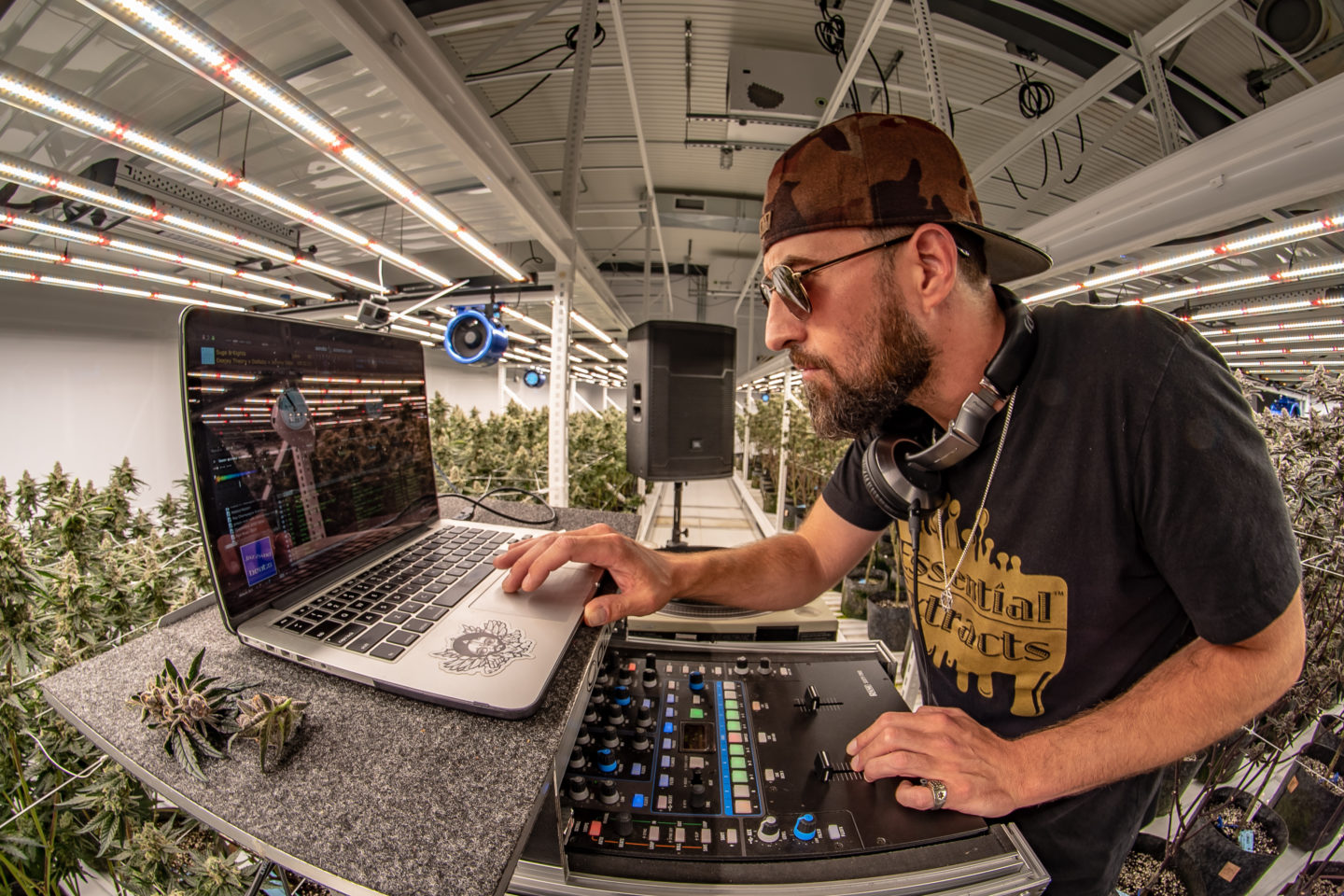
Learning From The Masters
Nikka T’s reputation is a testament to his drive to strive for the best and his constant work to improve his craft.
He grew up in Northern California and was raised in a supportive and liberal family, which led to cannabis becoming a part of his life early on. When he was attending junior college, he realized that cannabis flower wasn’t quite enough for him and discovered a love for hash—ice water hash in particular.
The cannabis flower is covered in resinous trichomes. These trichomes are also on the trim (leaves left behind when the flower is manicured). Cannabis extractors can collect trichomes in several different ways, and one of the oldest forms is through making traditional hash. There are two basic ways to make hash, dry sieve and water hash. Dry sieved hash is when you run the flowers over a metal grate to dislodge the trichomes. Water hash is created by mixing cannabis trim or flower in water and ice and gently stirring the mixture to knock off the trichomes. Once the trichomes have washed away from the plant material, they are collected and dried. Also known as water hash, ice hash, ice wax, and bubble hash, when hash melts away entirely without leaving any residue, it’s considered the highest quality and called full melt.
In the late 1990s, Nikka T traveled to Northern California, specifically to Willits, California, where his uncle owned property and cultivated cannabis privately. His uncle and other neighboring farmers often discarded their trim in trash bags and left them on the side of the road—and he collected those trim-filled trash bags to make hash. Eventually, he even began to track when the trim bags were left out to try and gather them up when they were still fresh. Being a day or two late meant that the trim was likely moldy and unusable.
Nikka T’s interest in making hash continued to drive him forward. He traveled abroad and embraced the teachings of Mila Jansen, a famous hash master out of Amsterdam widely known as the “hash queen.” Seeking out Jansen was all about improving his skill set and knowledge about his craft. Jansen is a pioneer in perfecting the form of modern-day water hash.
“I needed to learn more techniques. I needed to hone in my skills. I needed to create a higher echelon for the products that I was producing. So Amsterdam was the place to travel to,” he said.
While there, he spent every day with Jansen, up to eight hours per day, constantly asking her questions.
“There wasn’t a lot that was written down,” he said. “A lot of this was oral tradition. So I bugged Mila for that oral tradition, and she obliged, and she was very patient and humble and willing. She taught me a lot. I had already been making hash for a little bit, but she taught me some key techniques such as the rinsing technique, where I was able to go from partially melty hash to almost full melt hash every single time.”
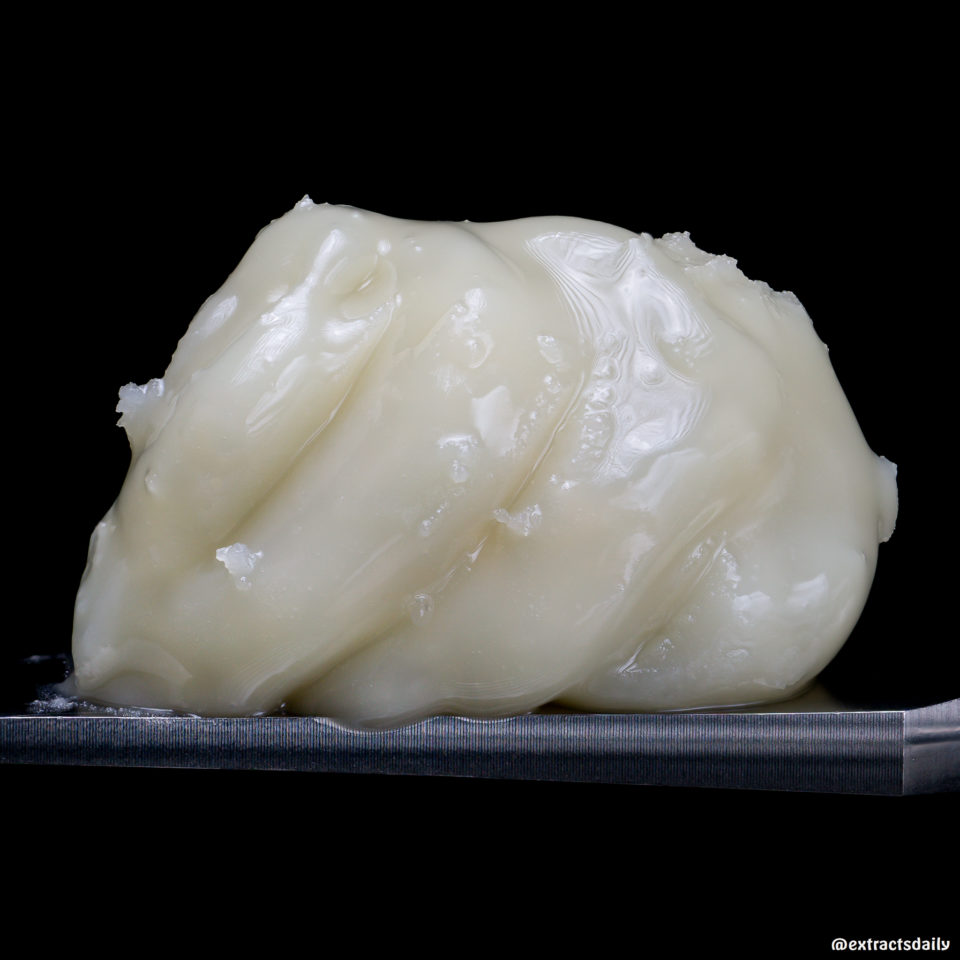
From Solvent To Solventless
In the early 2000s, butane hash oil (BHO) extraction rose to widespread popularity. Initially, Nikka T planned to make this type of butane-extracted concentrate to share with his friends at his home in Boulder, Colorado, but he wasn’t content just making the BHO—he needed to know more about what was in the product, too.
At the time, it wasn’t easy to convince anyone to share their test results, but he found answers through an employee working at a coffeeshop in Amsterdam. It was the first place to share a certificate of analysis, and he was shocked by the results. He found isobutane, isopentane, various metals, and other things he’d never heard of within the BHO products.
“You know, I’ve been a naturally eating, health-conscious individual all my life. So first and foremost, when I heard the concentrates were being made with hydrocarbon, I didn’t think that it was the safest for consumption. I also didn’t think it was the safest for our environment. I didn’t think it was the safest for a production team to produce in a lab.”
Nikka T estimates that sometime between 2009 and 2010, he coined the term “solventless.” In the case of cannabis, solventless applies to concentrates where trichomes from plant material originate without the aid of solvents, such as butane.
A solvent is a substance that dissolves a solid (cannabis flowers or trim) into a liquid solution. When this is done to cannabis the residual solvent, often butane, a flammable hydrocarbon that easily transforms to liquified gas, must then be removed from the final product to be safe to dab. The temperature and speed at which this is done result in concentrates of different consistencies. Think of it like making candy. Boiling sugar at different temperatures can create crystalline rock candy or creamy caramel. Nikka T plays with the presentation of his solventless concentrates and makes them appear in various forms that are typically found on the solvent side of the street.
“So when the term earwax was popular, we made a solventless earwax. When shatter became popular, we made solventless shatter,” he said. “When this wet batter type consistency became popular, I took it upon myself to try and recreate that wet batter consistency [and] color without the use of any chemical solvents. And that’s kind of where it all erupted.”
At the time, these innovations in terms of the form that traditional hash could take were still new to the community, and the idea that concentrates could be “solventless” was questioned.
“Initially, people were like, ‘What is this? This isn’t water hash. This isn’t bubble hash. It doesn’t look like butane, and water is a solvent. So what are you doing, kid?’” he said. “I had a lot of backlash. It took a little bit for people to catch on. I started explaining to people like, ‘Listen, I’m using water merely as a vessel to carry or transport these mechanically separated trichome heads to their destination. I’m not using the water as a solvent.’”
The argument here is that traditional methods for separating the resin glands from the buds rely on physical agitation, while butane extraction dissolves the cannabinoids and terpenes within a puddle of liquid solvent that must still be removed.
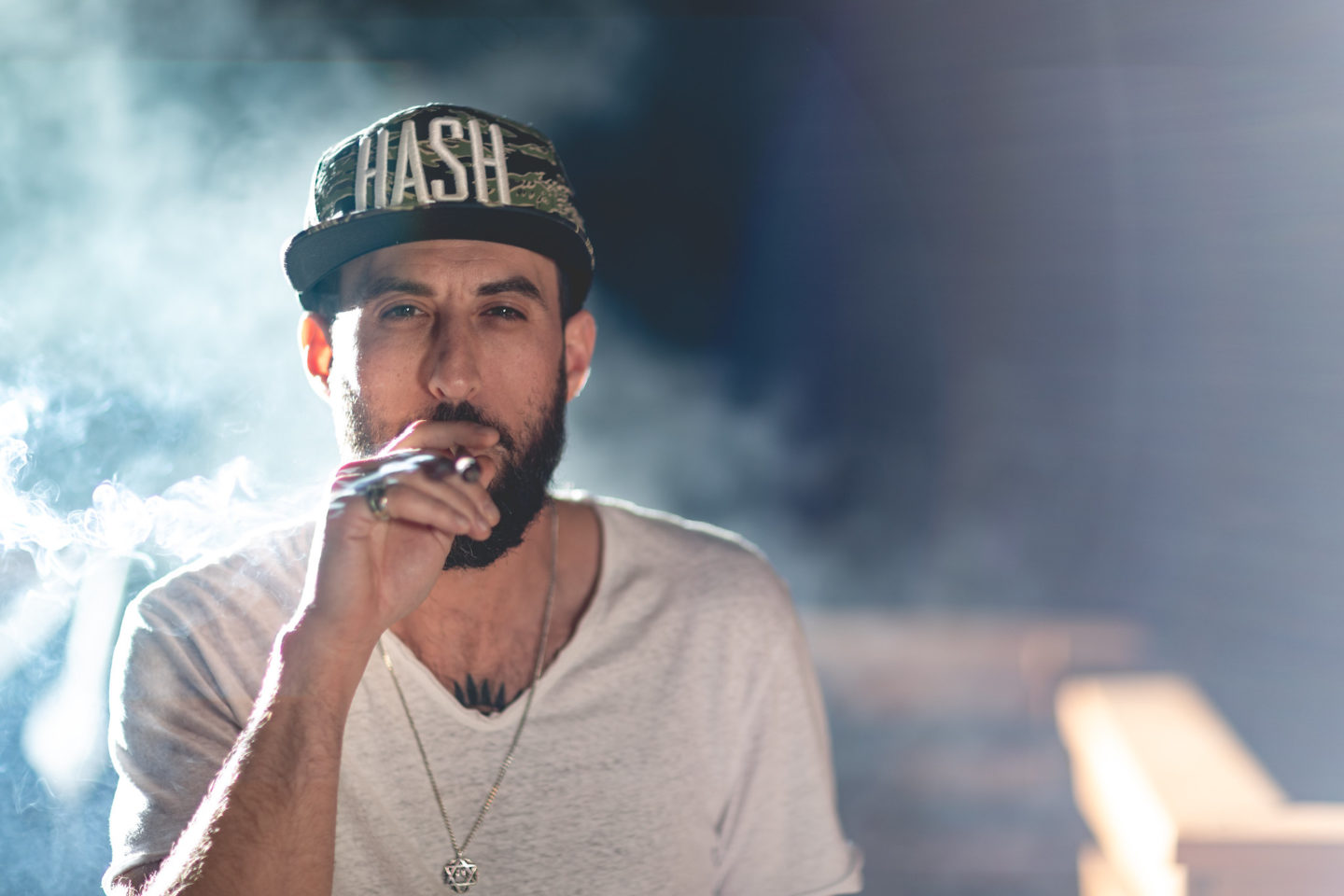
The Solventless Preference
For Nikka T, there are two main reasons why he continues to embrace ice water hash. Firstly, the concerns of safety enjoying cannabis concentrates have been on his mind ever since he learned about the more harmful substances that make their way into concentrates through other methods. Secondly is the fact that ice water hash is safer to produce than volatile methods of BHO extraction.
“On the lab side or the production side of things, the safety difference between solventless and hydrocarbon is vast, and I love that aspect of it,” he said. “Especially because I’m not only consulting for licensed facilities. I’m also consulting for the home producer, the home user that wants to learn how to make this themselves. So safety is a big issue and a big concern and kind of why I lean towards the solventless side of things.”
He also prefers the effects of a solventless product over one produced through butane extraction.
“The biggest reason that I’m a proponent of solventless is I prefer the full-bodied high that multiple cannabinoids and terpenes give me,” he said. “When I’m running hydrocarbon or utilizing butane, it seems to pull higher THC levels, but maybe not as much of that broad spectrum. Because as far as the high goes, I get way more of [an] all-over body high. It’s hitting all the points that I’m looking for it to hit when I’m consuming solventless, compared to when I’m consuming butane.”
High-Quality Hash
One of the most common questions Nikka T is asked is what he looks for in a strain for making hash. For him, staying on top of the trends and newly emerging terpene profiles is one of the most important things to consider.
“One of the first things I look for is that terpene content, or the smell of the plant itself, the smell of that cultivar, and that’s really important right now to kind of watch the market and see which style ‘smells,’ if you will, which aromas are capturing the market because it fluctuates.”
Nikka T also has a few other key qualities that he looks for in a washer—a term used to describe an ideal strain for being washed in the ice water hash process. Strains with more area structure make it easier to remove trichomes during the washing process. Nikka T points to strains like GMO, Gorilla Glue #4, Kushman by JBeezy, or Key Lime Pie offering more viability in terms of yield and potency.
He also said three key points of a strain’s necessary tactile experience make it ideal for ice water hash. First, if a strain’s consistency is like sandpaper, sand between the fingers, or tacky, they have the right texture for washing (such as Gorilla Glue #4). On the other hand, a strain that feels greasy, such as motor oil, isn’t ideal for that purpose (such as OG Kush).
Nikka T looks for the right trichome structure that will provide an optimal yield.
“I’m looking for a structure in the trichome on that specific plant that has a very large, bulbous head and has a thinner stalk, but not too thin,” he said. “If it got too thin, maybe that trichome falls off the material a little too easy, and it breaks plant material with it. If it’s too thick, it wants to hold on to that plant material and that trichome doesn’t want to be released for us to collect it. So you want to find a nice balance.”
He also refers to cannabis plants with “weak neck traits,” a term drawn from the professional pot photographer known as Shwale.
“He found that certain cultivars have what we call ‘weak neck traits’ where the stock of that trichrome actually is pretty normally fixed, but then it gets real thin right before the head of the trichome, allowing us to mechanically remove that head without any of the stalk or plant material that much easier.”
The final deciding factor that seals the deal is trichome density.
“So if you have all those things we discussed—you’ve got a nice gritty feel, you’ve got that big head with the weak neck trait, but there’s only a few trichomes on that plant or in your peripheral view—it’s still not going to be viable and therefore not a washer. But if you have extreme trichome density with those other factors that I mentioned, I can almost guarantee that we’ll have something viable. That’s what we’re looking for.”
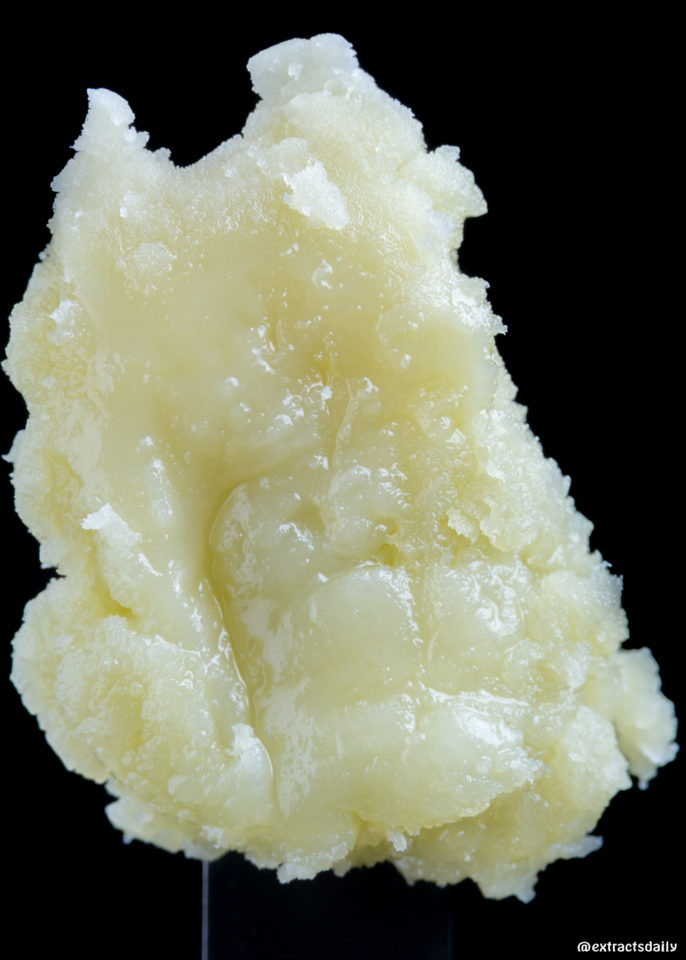
Hash To The Future
With the pandemic subsiding, Nikka T has plans to travel more abroad this year. Most recently, he judged the Masters of Rosin competition in Barcelona, Spain, in March 2022 (which also happened to be the first rosin-specific competition in Europe).
Essential Extracts is also on the path to expansion in the U.S., with plans to launch in Missouri sometime this year and a few projects in Canada.
“I like constantly evolving and constantly creating better products,” he said. “I’m not afraid to say that we’re constantly learning. So, you know, I’m never going to say my products [are] the best. I just won’t. Because I think that it’s still out there.”
This article appears in the July 2022 issue of High Times. Subscribe here.
The post Simply Solventless appeared first on High Times.
Source: https://cannabisworld.biz/2022/07/16/simply-solventless/
